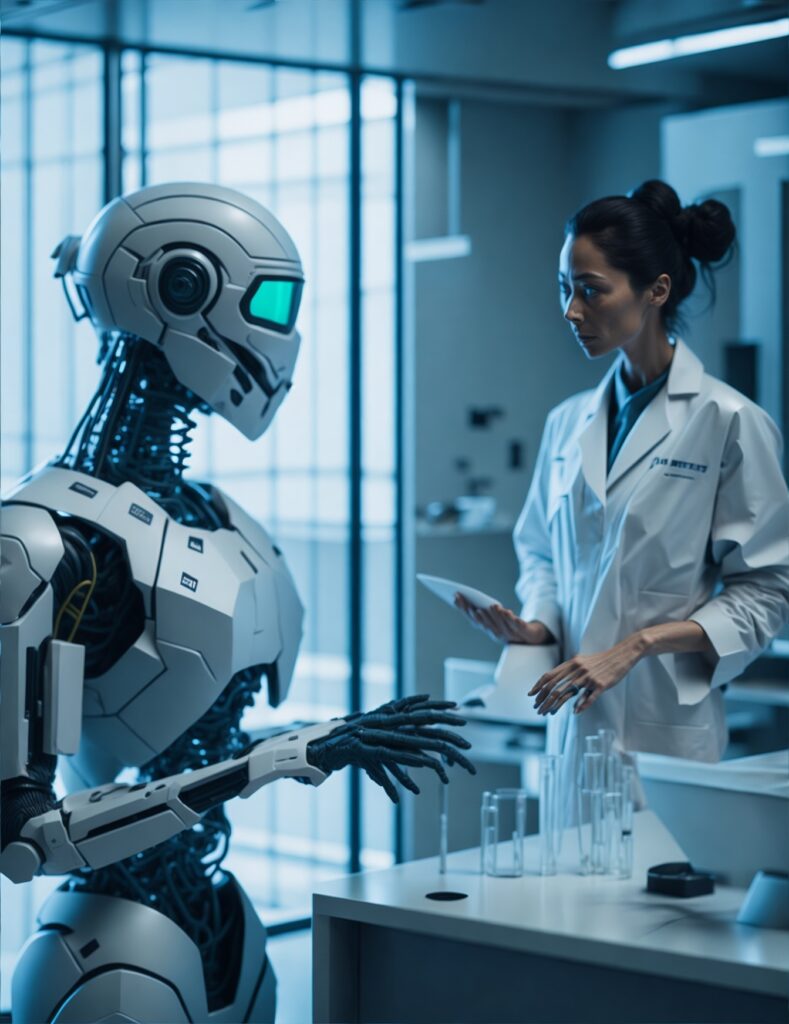In today’s fast-paced digital landscape, businesses are constantly seeking innovative ways to gain a competitive edge and boost efficiency. Hyper Automation has emerged as a game-changer, revolutionizing the way organizations operate. In this article, we’ll delve deep into the world of Hyper Automation, exploring its applications, benefits, and impact on various industries.
Introduction
Welcome to the era of Hyper Automation! This groundbreaking technology is reshaping industries and redefining how work gets done. In this article, we will take you on a journey through the fascinating realm of this
Automation, providing insights and knowledge that will empower you to harness its full potential.
Hyper Automation: A Paradigm Shift
Hyper Automation represents a paradigm shift in how businesses and organizations approach their operations. It goes beyond traditional automation by combining advanced technologies such as artificial intelligence (AI), machine learning (ML), robotic process automation (RPA), and more. This synergy creates a powerful force capable of automating complex, end-to-end processes.
The Essence of Hyper Automation
At its core, this Automation is about augmenting human capabilities rather than replacing them. It leverages AI and ML to handle repetitive, rule-based tasks, freeing up human employees to focus on high-value, creative work. This not only enhances productivity but also leads to greater job satisfaction among employees. here…
Transforming Industries
This Automation is making waves across various industries, from manufacturing to finance to healthcare. Let’s explore some key sectors where it’s making a significant impact:
1. Manufacturing
In the manufacturing sector, this Automation is optimizing production processes, reducing errors, and enhancing product quality. Robots and AI-driven systems work seamlessly alongside human operators, ensuring precision and efficiency.
2. Finance
Financial institutions are using this Automation to streamline their operations, from customer onboarding to fraud detection. This not only saves time but also enhances compliance and security.
3. Healthcare
In healthcare, this Automation is revolutionizing patient care. AI-powered diagnostic tools and robotic surgeries are improving accuracy and patient outcomes. visit here…

Hyper Automation in Action
To truly grasp the power of this Automation, let’s look at a real-world example:
Automating Customer Support
In today’s customer-centric world, providing exceptional support is paramount. This Automation comes to the rescue with AI-powered chatbots and virtual assistants. These tools can handle routine customer inquiries, allowing human agents to focus on more complex issues. The result? Faster response times, higher customer satisfaction, and cost savings. Leonardo. Ai
Conclusion
Hyper Automation is not just a buzzword; it’s a transformative force that is reshaping the future of work. As businesses continue to adapt and innovate, embracing this technology can lead to increased efficiency, cost savings, and improved customer experiences.
Embrace this Automation today and pave the way for a more streamlined, productive, and competitive future.
The primary goal of this is to enhance operational efficiency by automating repetitive tasks and processes, thereby allowing human workers to focus on tasks that require creativity and critical thinking.
This can be applied to various industries, but its suitability depends on the specific processes and tasks within each sector. Industries with repetitive and rule-based processes tend to benefit the most.
While this Automation may replace some routine jobs, it also creates new roles related to managing and maintaining automated systems. Overall, it can lead to a shift in job roles rather than massive job loss.



One Reply to “Hyper Automation, Revolutionizing the Future of Work”